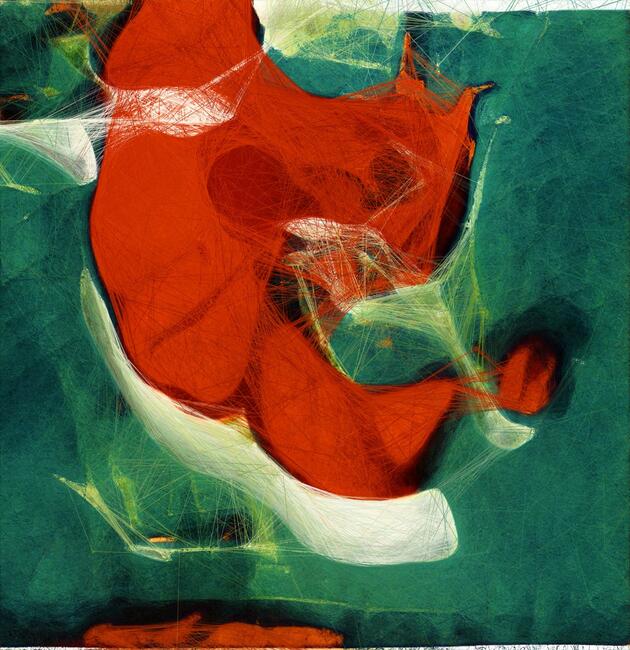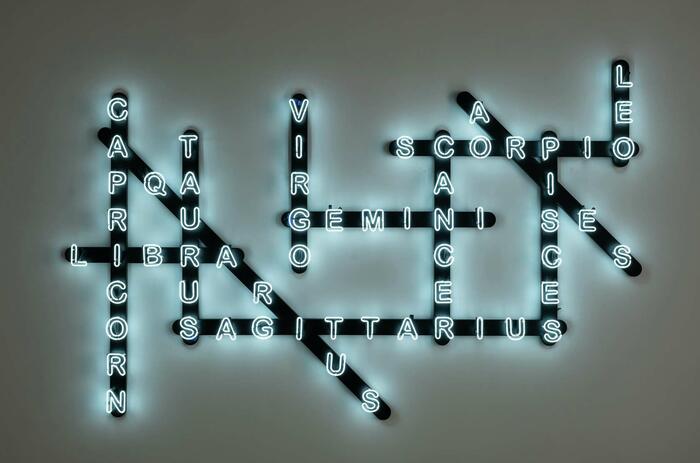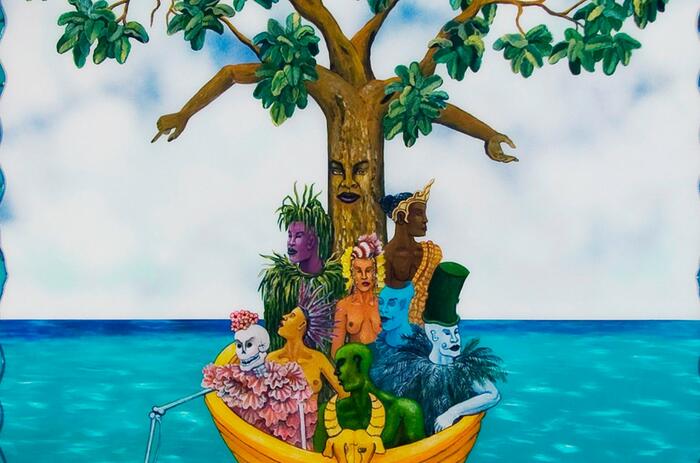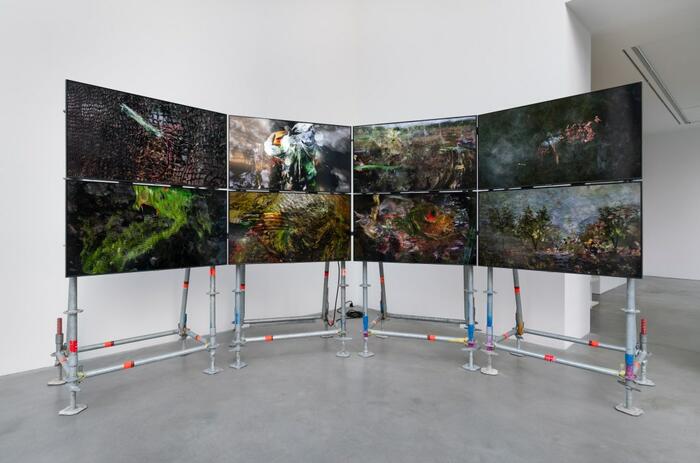BREAKING REALITY BARRIERS AT UNSUPERVISED, REFIK ANADOL’S EXHIBITION AT MOMA
The Museum of Modern Art presents Refik Anadol: Unsupervised. This major installation will feature three new digital artworks by the artist using artificial intelligence to interpret and transform more than 200 years of art from MoMA’s collection.

Refik Anadol: Unsupervised will continuously generate new forms on a large-scale media wall measuring approximately 24 × 24 feet in the Museum’s ground-floor.
Known for his groundbreaking digital artworks and public installations, Anadol has created a singular and unprecedented meditation on technology, creativity, and modern art.
“This project reshapes the relationship between the physical and the virtual, the real and the unreal,” said Michelle Kuo, the Marlene Hess Curator of Painting and Sculpture. “Often, AI is used to classify, process, and generate realistic representations of the world. Anadol’s work, by contrast, is visionary: it explores dreams, hallucination, and irrationality, posing an alternate understanding of modern art—and of artmaking itself.”
In 2021, Anadol presented an online exhibition on the digital art platform Feral File, for which he trained a sophisticated machine-learning model to interpret the publicly available visual and informational data of MoMA’s collection. The result is a real-time software artwork that continuously generates new and surreal images as the machine-learning model “walks” through its conception of MoMA’s collection, reimagining the trajectory of modern art, paying homage to its history, and dreaming about its future.
-
Refik Anadol. Sample data visualization of Unsupervised — Machine Hallucinations — MoMA — Fluid Dreams, 2022. Data sculpture: custom software, generative algorithm with artificial intelligence (AI), real time digital animation on LED screen, sound. Dimensions variable. The Museum of Modern Art, New York. © Refik Anadol Studio.
-
Refik Anadol. Sample data visualization of Unsupervised — Machine Hallucinations — MoMA, 2022. Data sculpture: custom software, generative algorithm with artificial intelligence (AI), real time digital animation on LED screen, sound. Dimensions variable. The Museum of Modern Art, New York. © Refik Anadol Studio.
-
Refik Anadol. Sample data visualization of Unsupervised — Machine Hallucinations — MoMA, 2022. Data sculpture: custom software, generative algorithm with artificial intelligence (AI), real time digital animation on LED screen, sound. Dimensions variable. The Museum of Modern Art, New York. © Refik Anadol Studio.
-
Installation view of Refik Anadol: Unsupervised, The Museum of Modern Art, New York, November 19, 2022 – March 5, 2023. © 2022 The Museum of Modern Art. Photo: Robert Gerhardt.
-
Installation view of Refik Anadol: Unsupervised, The Museum of Modern Art, New York, November 19, 2022 – March 5, 2023. © 2022 The Museum of Modern Art. Photo: Robert Gerhardt.
-
Installation view of Refik Anadol: Unsupervised, The Museum of Modern Art, New York, November 19, 2022 – March 5, 2023. © 2022 The Museum of Modern Art. Photo: Robert Gerhardt.
Refik Anadol (b. 1985, Istanbul, Turkey) is a media artist, director, and leader in the aesthetics of data and machine intelligence. His work locates creativity at the intersection of humans and machines. Taking the data that surrounds us as primary material, and the neural network of a computerized mind as a collaborator, Anadol offers us radical visualizations of our digitized memories and expands the possibilities of the arts, architecture, narrative, and the body in motion. Anadol’s site-specific AI data sculptures, live audiovisual performances, and environmental installations take many forms, while encouraging us to rethink our engagement with the physical world, decentralized networks, collective experience, and the creative potential of machines.








